|
You don’t need trekking poles on the Tour du Mont Blanc. In fact, you don’t need trekking poles anywhere. Plenty of people hike all over the world without them and have few problems. However, in my opinion, they are desirable: a very good idea indeed whether on the Tour du Mont Blanc or any other mountain hike. And here’s why:
So what are the downsides of using poles? Well some people find that they get in the way: if you do not place them right then you can trip over them. However, I believe that is just a matter of a little practice. Others say that they make you burn more calories so you need to carry more food. This seems logical but I do not think that it makes that big a difference. And then there is the matter of the extra weight but with the introduction of carbon poles this is not a massive issue. In summary, I believe that these issues are vastly outweighed by the benefits. One pole or two? If you have taken on board what I have said above, then it will seem obvious that two poles are best. However, one pole is definitely better than none. In fact, I only walk with one pole these days. A few years ago, I had a shoulder operation and I got into the habit of using only one while going through rehab. I am always concerned about giving that shoulder too much work so I still use one, swapping between arms periodically. The advantage of using one is that you always have a hand free. But if I could, I would use two without hesitation. Should I use the wrist straps? My answer is emphatically yes! The straps can be used to take most of the weight off your fingers and hands, reducing strain. Your wrists, which are stronger, do much of the work. Straps also help reduce blisters on your fingers and palms because you do not need to grip the pole so tightly. However, poor quality straps can also cause chaffing. The straps should be worn the same way as those on ski poles: you put your hands up through the straps rather than down. This means that if you fall then you are less likely to break your wrist as your hands can come free of the poles more easily. Telescopic poles or folding poles? Telescopic poles collapse by pushing the sections into one another. Normally there are three sections and they tend to be very robust, lasting for years. Folding poles usually have four sections connected by plastic covered string. The sections do not fold up beside each other and so the folded pole is wider than the collapsed telescopic pole and tends to be less durable. For decades, I used telescopic poles but once I bought a folding set, I never looked back. Although, they are less durable, the folding pole has two key advantages:
What are anti-shock poles?
Anti-shock poles have shock absorbers built in so that the stress on your arms and wrists is reduced. There are various different mechanisms: one of the earliest was basically to have a spring within the pole. This was quite heavy. However, nowadays there are some really cool lightweight systems. My poles have a neat piece of shock-absorbing rubber within the tip and it really works. Some say that the shock absorber affects your contact with the ground but I have never found that. What is the best material for the handles? In simple terms, there are three types: cork, rubber and foam. Cork (its rarely real cork these days) is the nicest to use: very comfortable and less likely to give you blisters. But it is quite heavy. Rubber handles, in my opinion, are the worst. I find them uncomfortable to use for long periods and most likely to cause rubbing. I hate them. Foam used to be horrible but these days if you buy good quality poles, you should get good foam. My current poles have foam handles and they are excellent: I have walked thousands of km with them and I have never had a problem. Everyone’s hands are different though so my advice is to go to a shop and try them out. It’s not the same as walking the 170km of the TMB with them but some comfort issues will be immediately obvious. Remember though that there are loads of cheap poles out there and the handles are unlikely to have been made with good stuff: when you have blisters after about 100km, you may wish that you had bought more expensive ones! So there it is: one fool’s views on the use of a stick!
0 Comments
The Tour du Mont Blanc is an experience of a lifetime. No two ways about it. The scenery is exquisite, the refuges are just lovely and there is a wonderful sense of camaraderie amongst the TMB trekkers. Indeed, if the weather gods deliver clear blue skies and you are lucky enough to get accommodation, it will be an experience that you will never forget. It is not a surprise therefore that you are competing with thousands of others to secure the gold dust that is bookings for the best refuges. And such is the popularity of this astounding trek that not everyone will get bookings. Nothing good in life is easy these days particularly when it comes to trekking and travel. So what happens if you are one of the disappointed thousands? Do you simply wait until the end of the season and try to secure that alpine experience for the following year? Well that is what many do: the Tour du Mont Blanc is a famous bucket list trek after all. However, I think that is a shame. Now I am not suggesting that you should not try to book the TMB again the following year. What I am suggesting though is that the TMB is not the be all and end all of the Alps. I am telling you that there are plenty of other treks which are just as good if not better. The TMB is the one that everybody knows about because it is a circumnavigation of the most famous peak in the Alps: the mighty Mont Blanc. The Mont Blanc Massif is the highest group of mountains in the French Alps. But can you tell me what is the second highest massif? Or the third highest? I didn’t think so. The Alpine chain is absolutely huge and the Mont Blanc Massif is only a tiny portion of it. I guarantee that if you did any one of a hundred treks in the Alps, it would be an experience just as rich and fulfilling as the TMB. And most of these treks do not attract the volume of visitors that descend upon the TMB: not because the scenery is inferior but because the TMB circles the highest mountain in Western Europe and bucket lists like the word “highest”. So why wait for 12 months when you can have a magnificent Alpine experience straight away? The difficulty is knowing where to start so let me help you with a few suggestions. Walker’s Haute Route The obvious alternative, which many of you will have heard of, is the Walker’s Haute Route (WHR). This is often considered to be the sister trek to the TMB and many argue (with justification) that it is scenically superior to the Tour du Mont Blanc. It overlaps for a few days with the TMB but it is a linear route (rather than a circuit) taking you on an epic adventure between the two great mountaineering centres of the Alps. Starting in Chamonix beside Mont Blanc you walk all the way to Zermatt in Switzerland which is overlooked by the absolutely stunning Matterhorn. In between, you pass the greatest collection 4000m peaks in the Alps. And the glaciers! Oh the glaciers! They are everywhere! That is the good news. The bad news is that the Haute Route is also quite busy. Not as busy as the TMB but busy all the same. But it is slightly easier to book the Haute Route so if you have failed to secure TMB accommodation, then often you can still get sorted on the WHR. It is, however, a bit harder than the TMB: 206km compared to the 170km of the TMB; with 14,000m of height gain as opposed to 10,000m for the TMB. It therefore takes longer than the TMB but you do not have to do all of it. It enjoys the same camaraderie between trekkers and I prefer it to the TMB. So don’t overlook this one. Tour of the Ecrins National Park (GR54) A less obvious alternative is the GR54. It is my favourite trek in all the world, making a circumnavigation of the Ecrins Massif, the second highest range in France. It may be second to the Mont Blanc Massif in terms of height but not by much. And once you see it, there is no chance that you will notice that, for this is majestic high mountain terrain. And in my opinion, it is a much more real Alpine experience than the TMB. Much of the trek heads through the pristine Ecrins National Park which inexplicably gets only a fraction of the visitors that cram the Mont Blanc Massif each season. It is a truly remarkable place: a wilderness of snowy peaks, lovely pastures, incredible lakes and beautiful hamlets and refuges. Furthermore, you are much more likely to see wildlife in this protected region: chamois and ibex are regularly spotted. The path is just as good as the TMB and it has been recently waymarked so I find it to be easier to navigate than the TMB. It is about 180km so it is a bit harder than the TMB but not prohibitively so: it takes around the same length of time. And it is much easier to secure bookings. Or if you wish to camp then you will be delighted to learn that wild camping is permitted almost everywhere in the park: a rare thing these days. In my humble opinion, this is a bucket list trek. Your friends won’t know where it is but who cares as you will be doing something very special?
But I hear you say, I am new to trekking and do not want to do a trek even a little harder than the TMB. And I reply: “no problem! There are plenty of treks of similar difficulty or slightly easier. But you are going to have to wait until my next post to be appraised of this secret. To be continued.....
On the TMB you do not necessarily need to carry a stove or cooking equipment as there are plenty of shops and restaurants at which to buy food. That means that the minimum gear is as follows:
So that gives an additional total weight of.....wait for it.....1.65kg! The weight of a bottle of water! That’s it. I am pretty sure that I could extract 1.65kg of unnecessary weight from many people’s packs before adding that camping gear. For example, I mentioned a few weeks ago that I upgraded my pack itself for a weight saving of 0.7kg. Now it is fair to say that lightweight gear tends to be more expensive than the heavier stuff. But these days the price difference is often not huge if you shop around. And when you compare the cost of the gear to the money you will spend on accommodation in refuges and gîtes, it becomes a completely reasonable proposition. So to underline the point of this article: 1.65kg extra is not the end of the world, particularly if you can shave a few oz elsewhere. And therefore almost everyone can carry camping gear these days. So almost everyone can camp on the TMB. So almost everyone can do the TMB without advance booking. QED. And in fact, with gear weighing so little, you could even carry the camping gear just for one or two nights’ camping. So, if there were a few places that you can’t get bookings for, then bring the tent for those nights. Ok so there are plenty of you who don’t like camping but I can’t solve all the problems! Well what do you think? |
Andrew McCluggageblogs about life on the Knife Edge Archives
January 2024
Categories
All
|
|
|
Free UK Delivery
International Delivery also available |
|
|
Company |
Support |
Follow us©Knife Edge Outdoor Guidebooks 2018
|

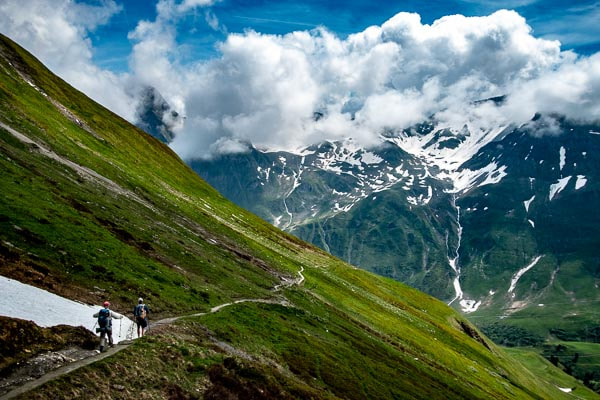
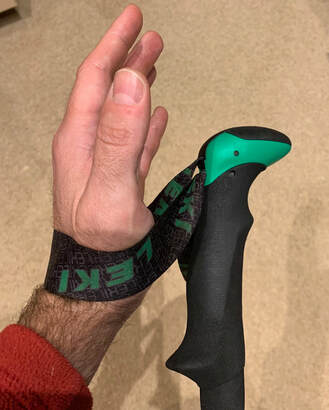
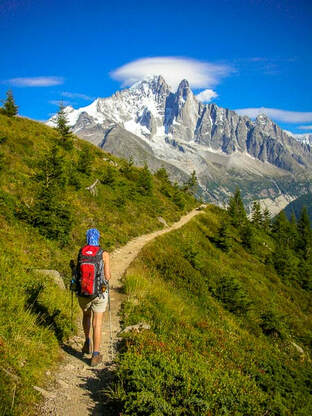
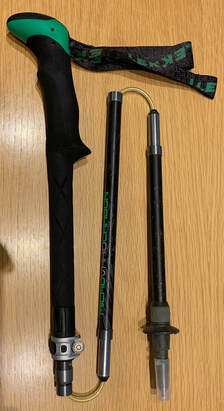
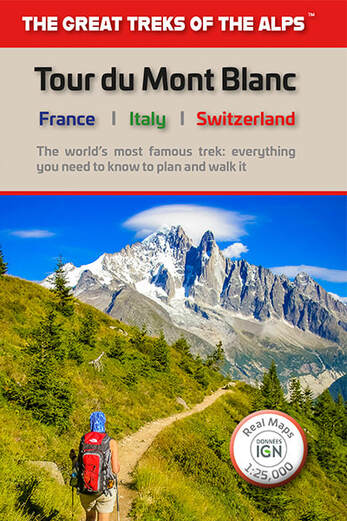
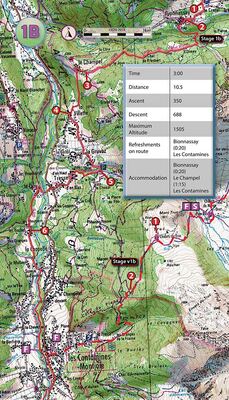

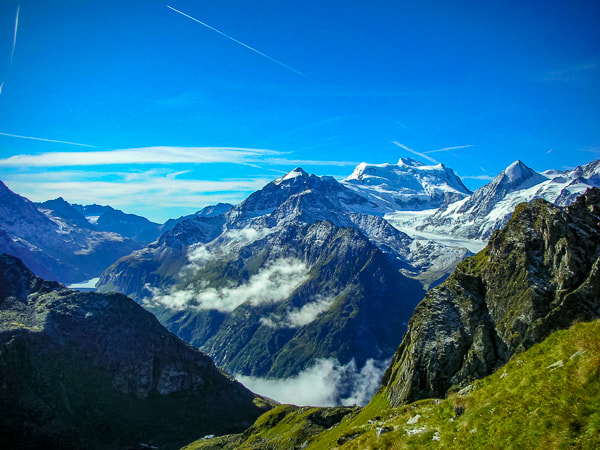
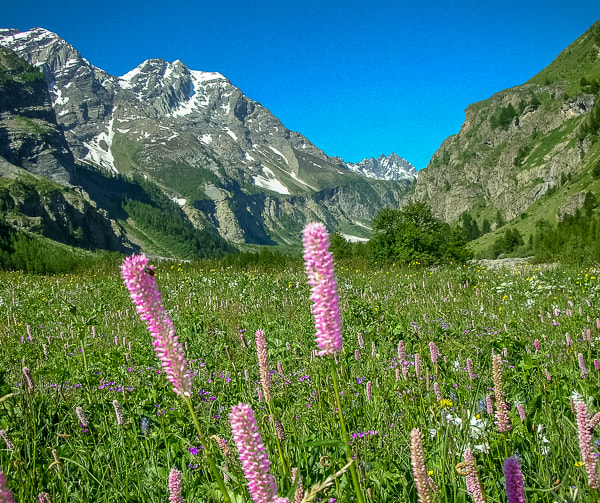
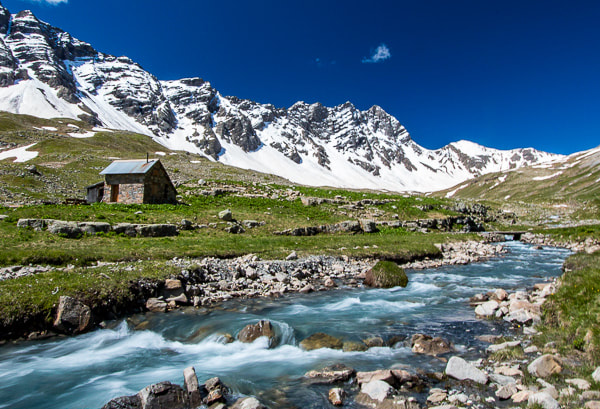
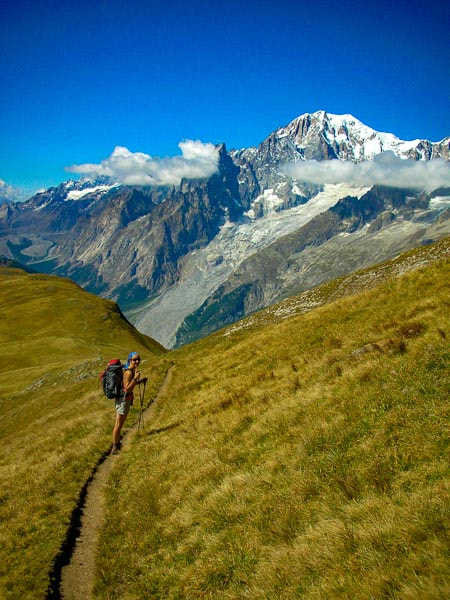
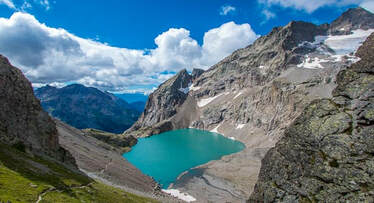
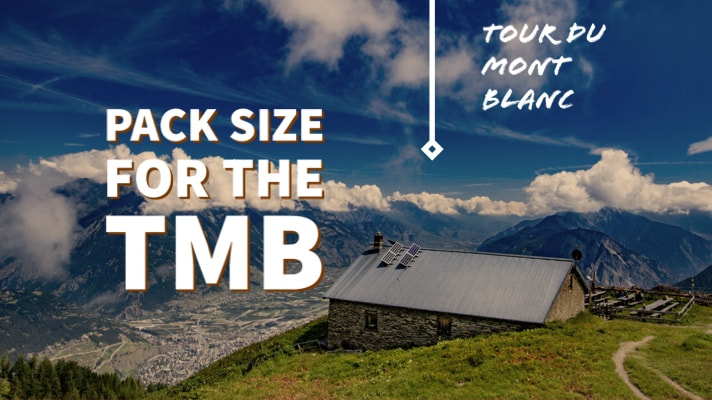
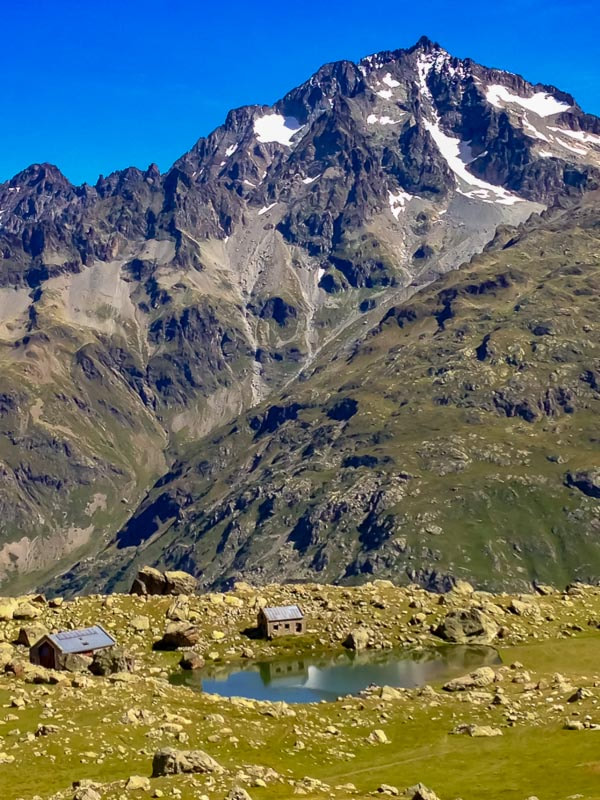
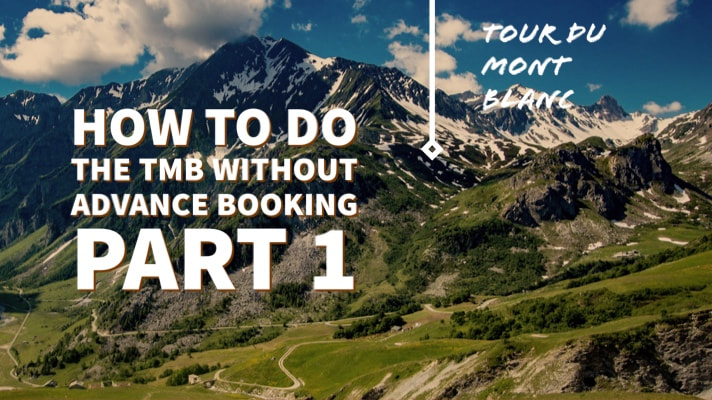
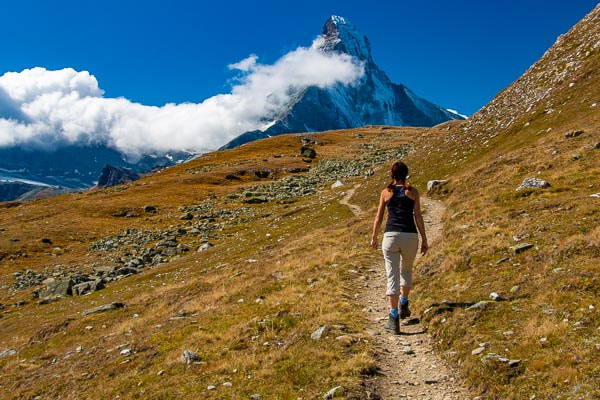
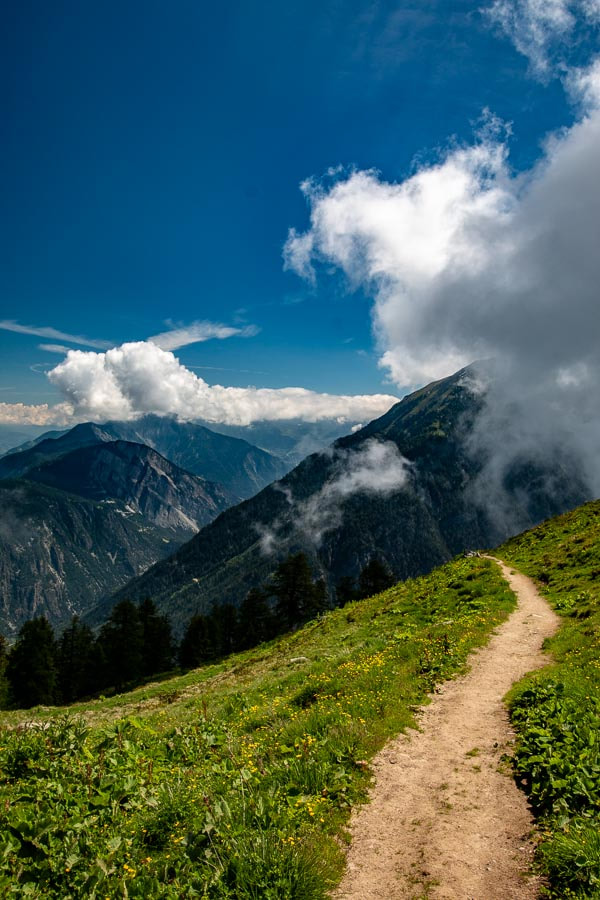
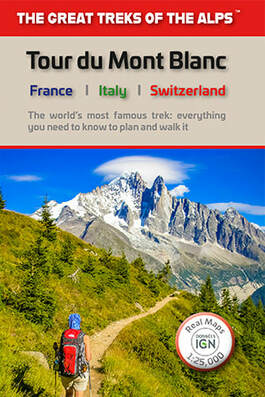
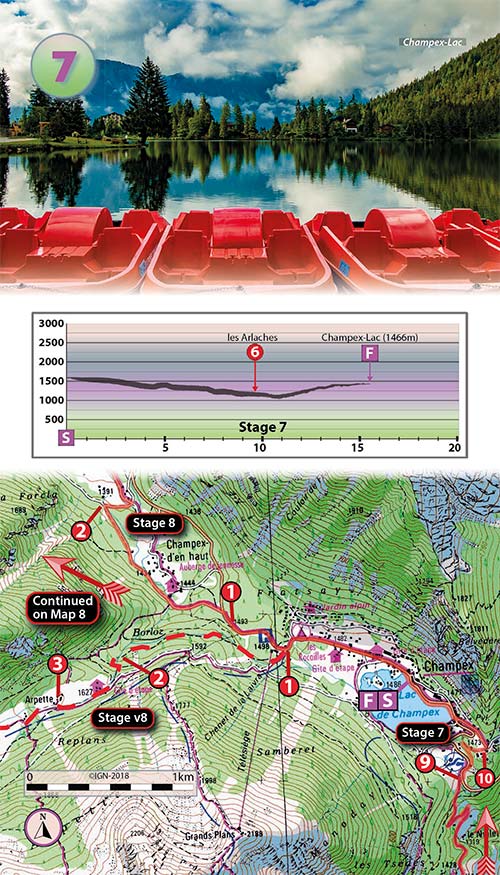
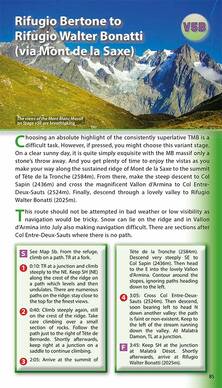
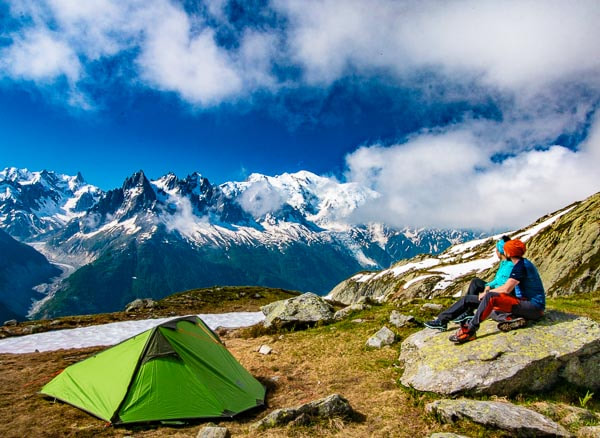
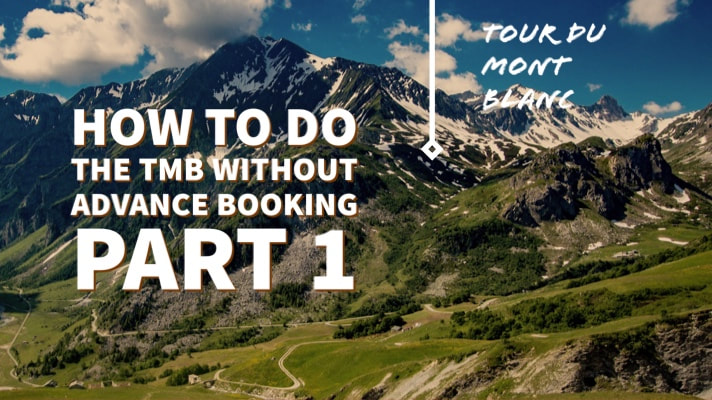
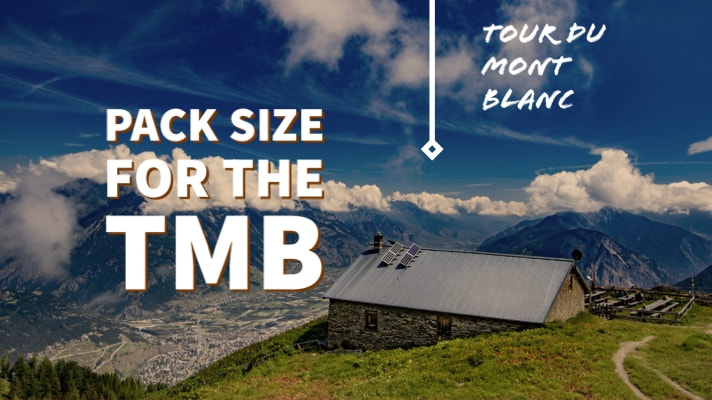
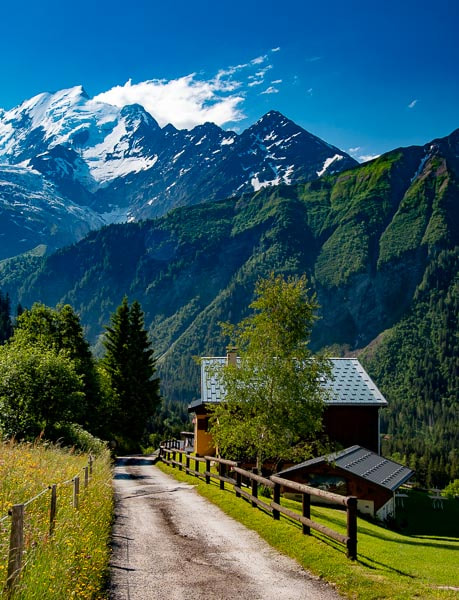
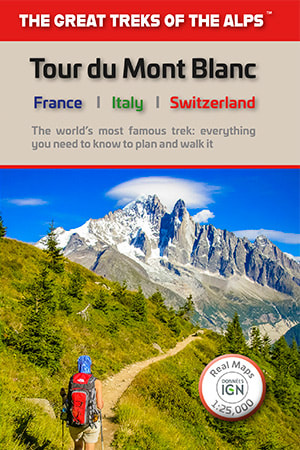
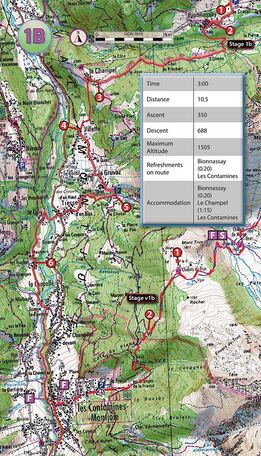
 RSS Feed
RSS Feed
